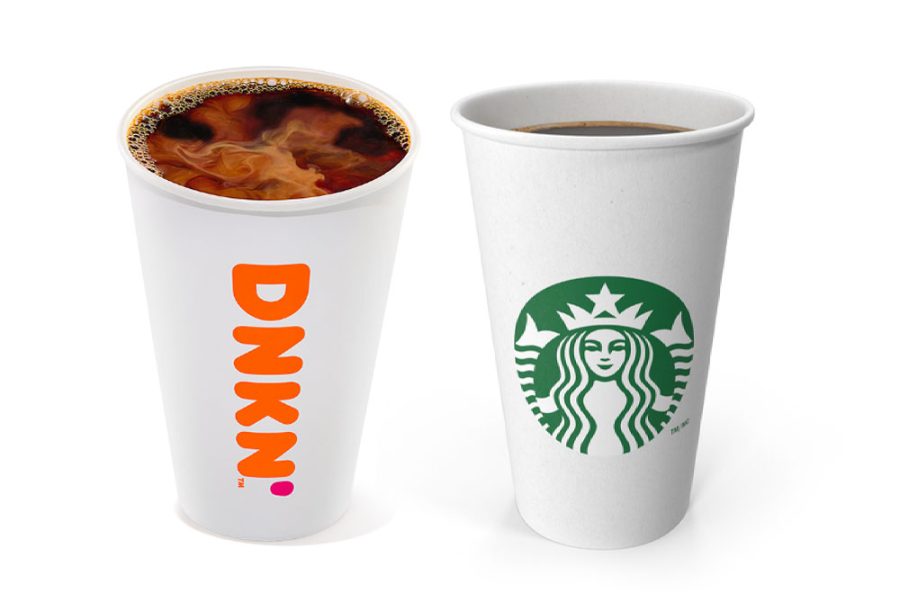The Truth About Who Really Pays for Your Clothes
Consumerism is something Americans have been all too familiar with since the 1950’s. After World War II, America jumped into a period of mass-production, mass-consumerism, and this mass-disposal. The goods this country produced have since been designed to be used quickly and thrown away. Hand soap pumps, disposable cameras, solo cups, fake flowers, K-cups, $20 high heels, and plastic silverware, were all things designed for the American family to use and then throw away.
In more modern times, specifically starting in the 1990’s, Americans have discovered another way to allow people to buy more things for less money: Fast fashion.
The fast fashion industry is an industry that brags that they can sketch a design for a piece of clothing, and hold it in their hand 15 days later. This is good, isn’t it? Having a speedy and efficient production process seems like a good way for companies to make money and for customers to spend less money. While fast fashion does allow for customers to spend less money, there are hidden costs that the customer is not paying for.
To begin with, fast fashion industry uses highly unethical employment practices that result in disease, death, and abuse. Workers in impoverished places such as South America, India, and Africa are being abused to the point of breaking quite often. Women and children especially, many of the workers are taken advantage of or raped while in these sweatshops. The hours are long and the shops are hot, leaving the employees in highly dangerous conditions. Many have died or become pregnant or ill because of their place of work and those who run the factories.
In addition to the horrible treatment and constant abuse suffered by these employees, most do not receive over 20-40 cents per hour. This amount makes it nearly impossible for people to buy food, clothes, or have homes. Because of this, many families are forced to look through landfills to find clothing, food, or drugs that they can sell for money.
Aside from the issue of ethics presented by the fast fashion industry, there is also an issue of pollution and environmental damage. Second only to oil companies, the fast fashion industry is the leading cause of pollution in the world. Because of the rapid production and high levels of shipping, the industry’s carbon footprint is bigger than any other. Today, people online shop quite often and thus more people can order more items at a time.
More people. More items. More shipping. More planes. More oil. More pollution.
With such a fast production process, the clothing pieces are made cheaply and are very very poor quality. About 85 percent of the clothing purchased from the fast fashion industry is thrown out within six months of being purchased. As one would imagine, these pieces ultimately make up a very large part of landfills. However, what happens when they don’t go to landfills?
Clothing not brought to landfills either gets incinerated or donated. Good, right? No. Of course not. Though donating one’s clothing is typically a great thing, a large percentage of donated clothes actually go straight to the trash. Because of this, it proves to be more helpful for people to stick to smaller-scale consignment stores or to do heavy research before donating.
Incineration, on the other hand, is almost worse than landfills. When cheap clothing is burned, the toxins in the clothes are released into the atmosphere and often mix with other chemicals creating even more deadly toxins that often cannot be seen, smelled, or tracked and often cause major health problems. These “super toxins” can end up in breast milk, water, and simply just in the air.
Despite the terrible grip fast fashion has on the consumerist population, there are solutions and ways to counteract these brands. The most important way is to stop the demand by stopping the purchases. Brands like H&M, Topshop, Primark, Walmart, ZARA, and Uniqlo are some of the main brands who commit to these kinds of malpractices. By not purchasing clothes from these brands, people lower the audience the company is striving to please. Comparatively, brands like Anthropologie, Free People, Divinius, Reformation and Eileen Fisher are all brands that use a better quality, more ethical, and cleaner form of production.
The last way to discourage the fast fashion industry and the excessive consumerism is to buy pieces that last a long time and that will be donated. Instead of buying three sweaters for $20 each, people can buy 1 sweater for $60-$80 that will last a life time and can be properly donated when outgrown.
The fast fashion industry will take a while to conquer, but can be slowly but surely controlled with the help of public knowledge and proper information.









